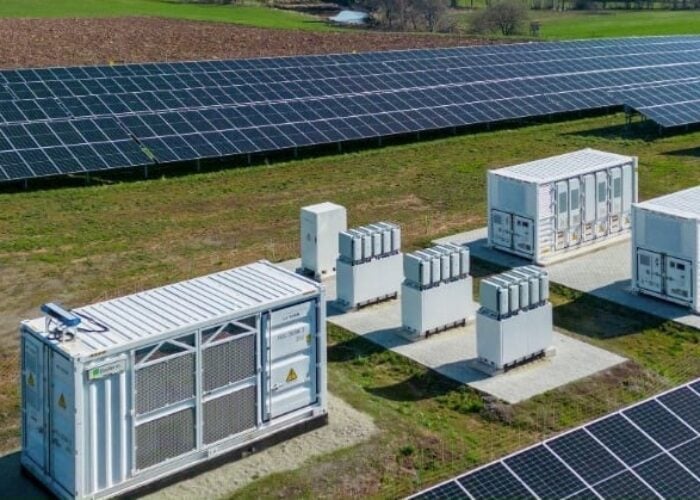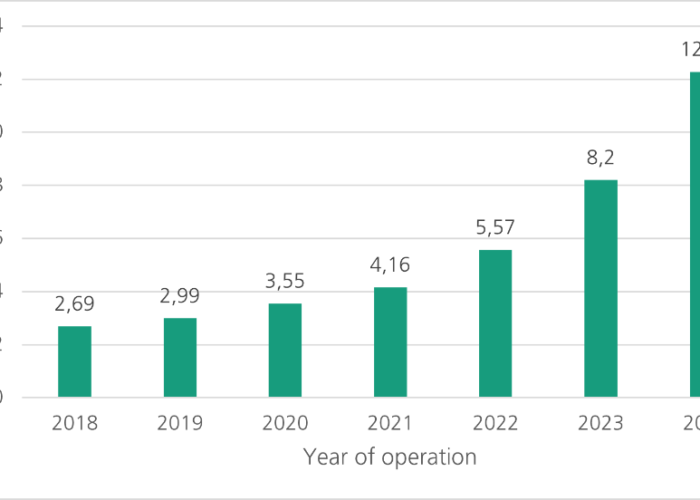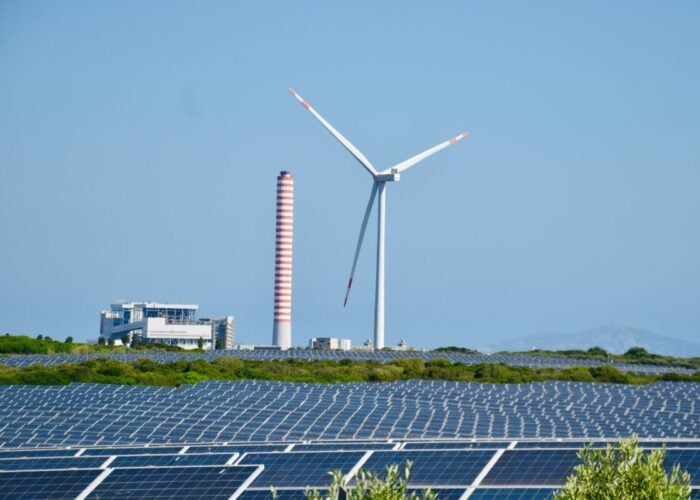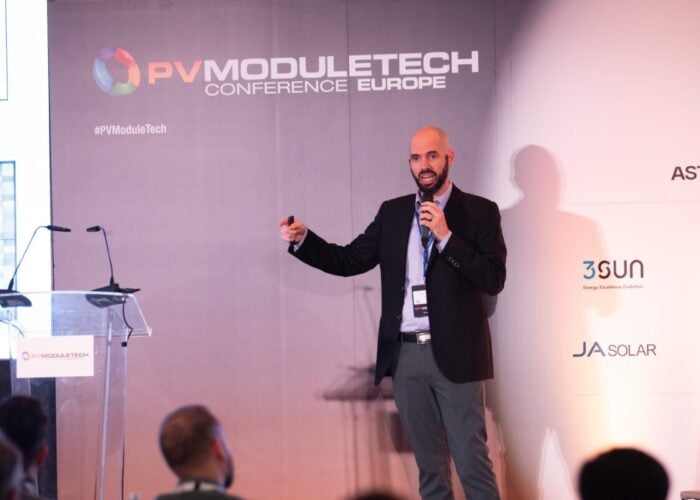
An expert panel has identified a series of grid failures that led to April’s unprecedented power outage in Spain and Portugal, ruling out renewables as the leading cause.
The European Network of Transmission System Operators for Electricity (ENTSO-E) released its factual report at the end of last week, documenting the sequence of events that led to the Iberian Peninsula blackout on 28 April 2025.
Try Premium for just $1
- Full premium access for the first month at only $1
- Converts to an annual rate after 30 days unless cancelled
- Cancel anytime during the trial period
Premium Benefits
- Expert industry analysis and interviews
- Digital access to PV Tech Power journal
- Exclusive event discounts
Or get the full Premium subscription right away
Or continue reading this article for free
The investigation confirmed the blackout was not caused by over-reliance on renewable energy sources, instead pointing to a cascading chain of events compounded by a lack of voltage control.
The blackout, which struck at 12:33 CEST, plunged mainland Spain and Portugal into darkness for approximately ten hours. The ENTSO-E expert panel’s preliminary findings revealed that the incident marked the first known blackout caused by excessive voltage rather than power shortages.
Grid conditions before the collapse
In the critical half-hour preceding the blackout, the Iberian grid experienced two periods of dangerous oscillations that required immediate intervention. System operators implemented corrective measures to address these fluctuations, but these actions inadvertently increased voltage levels across the network.
The report noted that solar and wind generation levels on 28 April remained consistent with preceding days and seasonal averages, dispelling theories that renewable energy overproduction triggered the crisis.
However, the grid’s vulnerability was exposed by a shortage of thermal power plants connected to provide essential voltage control services at the time of the incident. This lack of voltage regulation capability created the conditions for the eventual cascading failure.
The ENTSO-E investigation documented how a series of interconnected failures rapidly escalated beyond the grid’s defensive capabilities. The excessive voltage conditions, combined with insufficient voltage control resources, created a domino effect that overwhelmed the system’s protective mechanisms. The report emphasised that renewable energy generators, including solar photovoltaic and wind installations, were not responsible for initiating or accelerating the blackout sequence.
Following the incident, Spain moved quickly to address identified vulnerabilities. On 12 June, Spanish authorities updated Operational Procedure 7.4 to enable renewable energy sources to contribute to voltage control services—a capability that could help prevent similar incidents in the future.
The ENTSO-E panel plans to release a comprehensive analysis in early 2026, which will establish definitive root causes and provide recommendations for strengthening European grid resilience against similar cascading failures.
The report confirms a mounting body of evidence that renewables were not to blame for the incident, despite some speculation to the contrary.
In a joint statement, trade bodies SolarPower Europe, the Spanish PV association (UNEF) and the Portuguese Renewables association (APREN) welcomed the report and its emphasis on the lack of voltage control in the system.
“The Iberian blackout must be a moment of learning. [We] reiterate our call for accelerated investment in grid resilience, stability and system flexibility – especially by allowing renewables to provide dynamic voltage control and facilitating the integration of battery storage and grid-forming inverters.
“These technologies are already available and should be procured to further support stable voltage levels, managing variability, and delivering renewable-powered energy security.”
Chris Roslowe, a senior analyst at Ember, said: “The blackout in Iberia was a rare event caused by multiple, complex factors. The ENTSO-E report confirms the Spanish government’s findings that relatively few thermal power plants were connected at the time of the incident to provide voltage control services, and some renewable generation disconnected as the system destabilised. The findings contradict numerous claims that an over-reliance on solar power was to blame. This event reinforces what we already knew. As power systems evolve, enhanced grid upgrades and a focus on clean flexibility are essential for resilience.”






